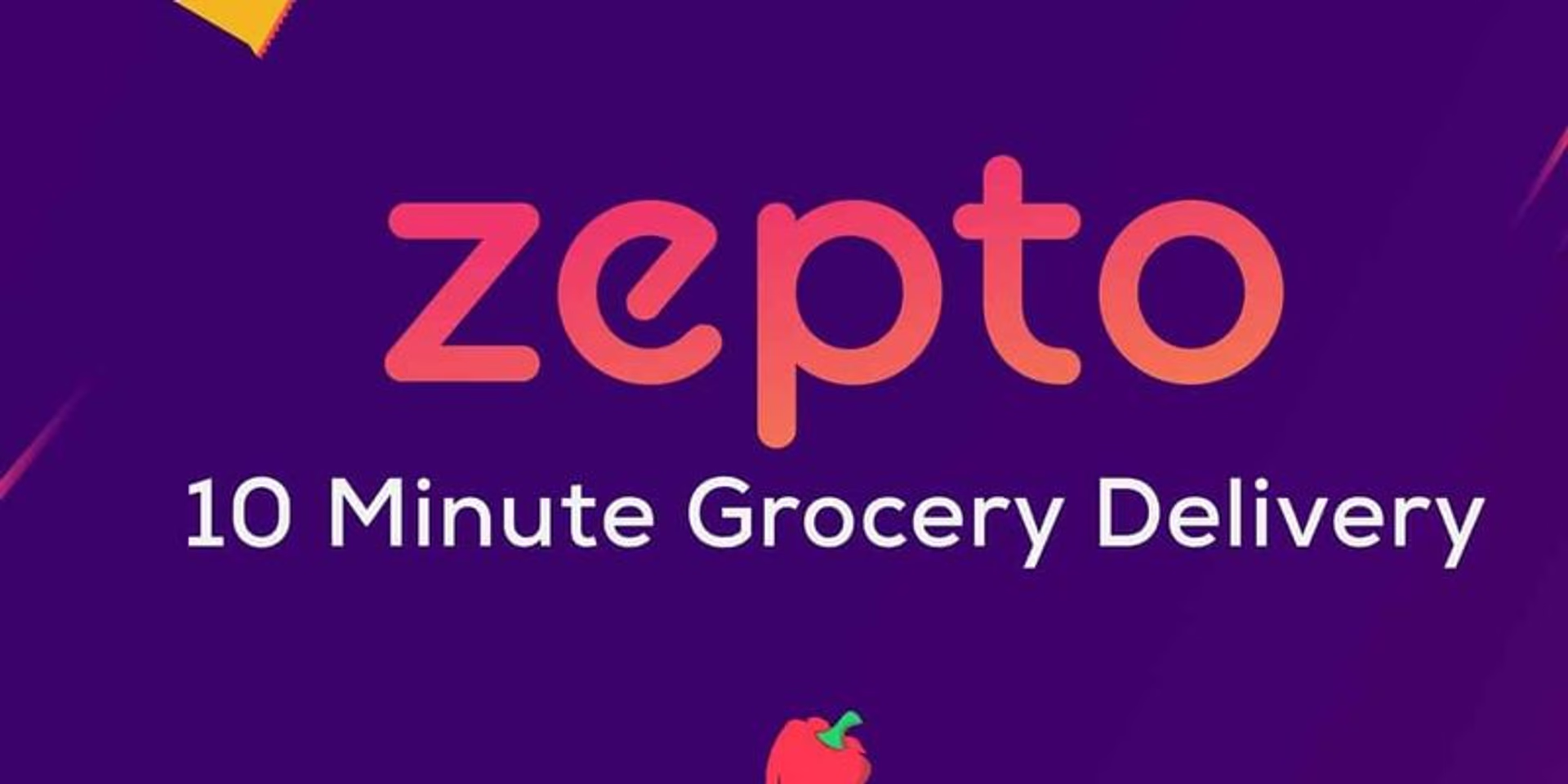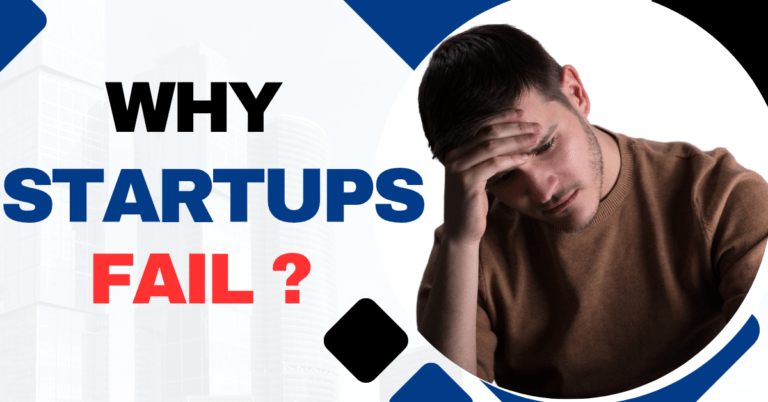
A Bold Idea is Born
In the bustling streets of Mumbai, two young minds, Aadit Palicha and Kaivalya Vohra, looked at the chaotic world of grocery shopping and saw an opportunity. It was 2021, a time when the world had just emerged from the grip of the COVID-19 pandemic, and consumer habits had shifted dramatically. People wanted convenience, speed, and efficiency in their daily lives. The duo had one ambitious goal: to bring groceries to people’s doorsteps in under 10 minutes.
Their vision wasn’t just another online grocery delivery service; it was a revolution in quick commerce. Thus, Zepto was born.
Cracking the 10-Minute Code
Most people dismissed their idea as impossible. Delivering groceries in 10 minutes? That sounded more like a dream than a feasible business model. But Aadit and Kaivalya were determined.
They designed a network of dark stores—small, hyperlocal warehouses located strategically within 1-2 km of customers. These weren’t traditional supermarkets; they were fulfillment hubs optimized for speed. Every order was packed in seconds, and delivery riders were dispatched immediately, armed with AI-driven route optimization.
To keep their promise of lightning-fast deliveries, Zepto relied on:
- Predictive analytics to forecast demand and stock only the most frequently ordered items.
- AI-powered supply chain management to reduce delays and optimize inventory.
- A seamless mobile experience that made ordering effortless and addictive.
The Rapid Rise
Zepto’s execution was flawless. Within months of launching, it had expanded to major Indian cities like Mumbai, Delhi, Bengaluru, and Chennai. Investors took notice. Venture capital firms, including Y Combinator and Nexus Venture Partners, poured millions into the company, believing in its potential to redefine grocery shopping.
With a mix of competitive pricing, personalized promotions, and a frictionless customer experience, Zepto quickly amassed a loyal user base. Orders skyrocketed, and soon, millions of people were relying on Zepto for their daily essentials.
The Roadblocks
Success, however, didn’t come without its challenges. Running a quick-commerce business at scale was a logistical nightmare. The operational costs of maintaining multiple dark stores, a robust delivery fleet, and ensuring profitability in India’s price-sensitive market were immense.
Competition was fierce. Blinkit, Swiggy Instamart, and Dunzo were also racing to dominate the quick-commerce space, offering similar services. Could Zepto sustain its rapid expansion without burning cash too fast?
The answer lay in fine-tuning its unit economics—balancing cost and efficiency while keeping customers happy. Zepto focused on expanding its dark store network, refining delivery algorithms, and improving efficiency at every stage.
The Future of Zepto
As Zepto continues to grow, its vision extends beyond just grocery delivery. The company aims to integrate more AI-driven automation, expand to new cities, and potentially enter new categories beyond groceries.
Zepto’s journey is a testament to the power of innovation, persistence, and a deep understanding of consumer behavior. What started as a bold idea by two young entrepreneurs has now become a benchmark in the quick-commerce industry. The question now is not whether Zepto will survive but how far it will go in reshaping the way we shop.





